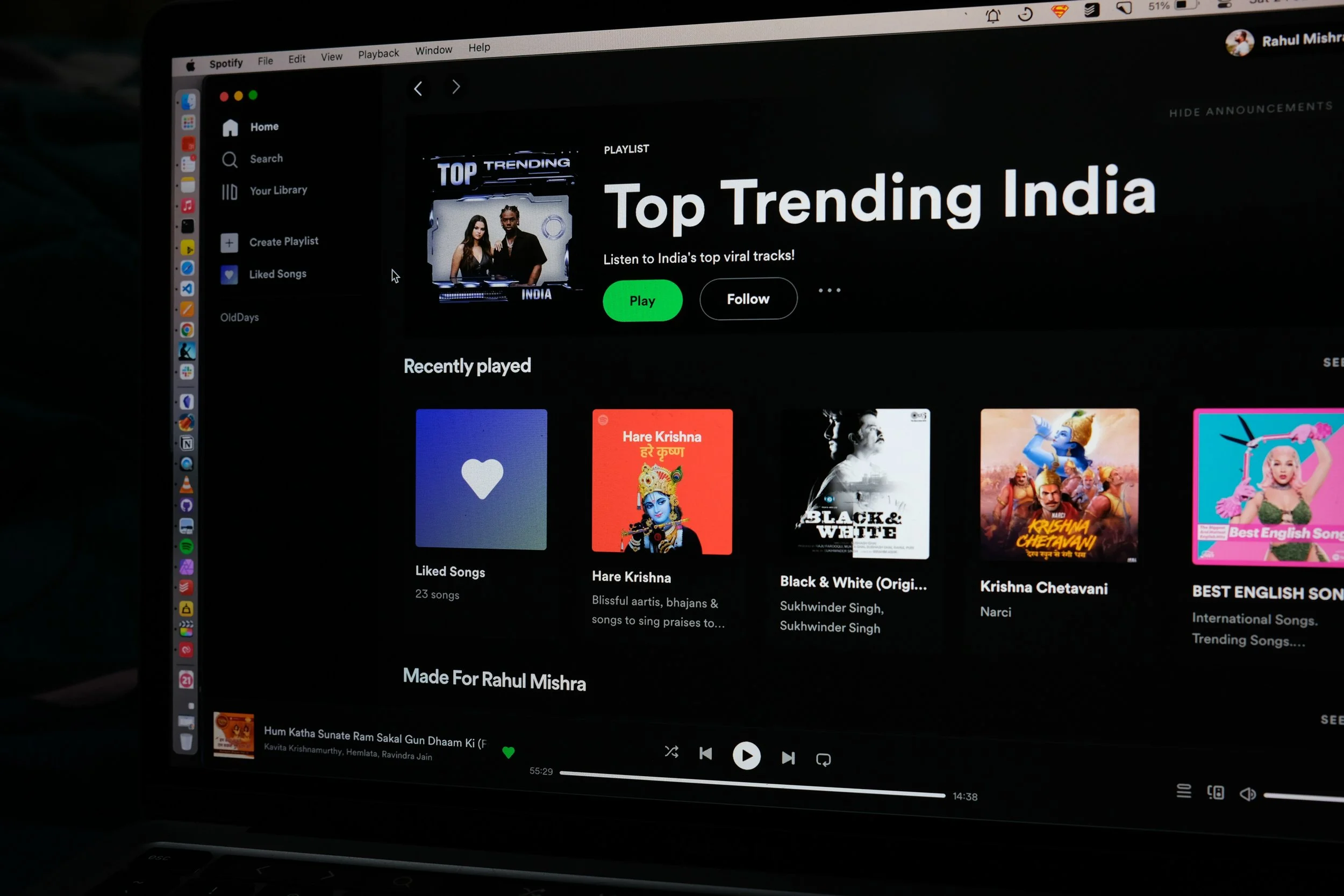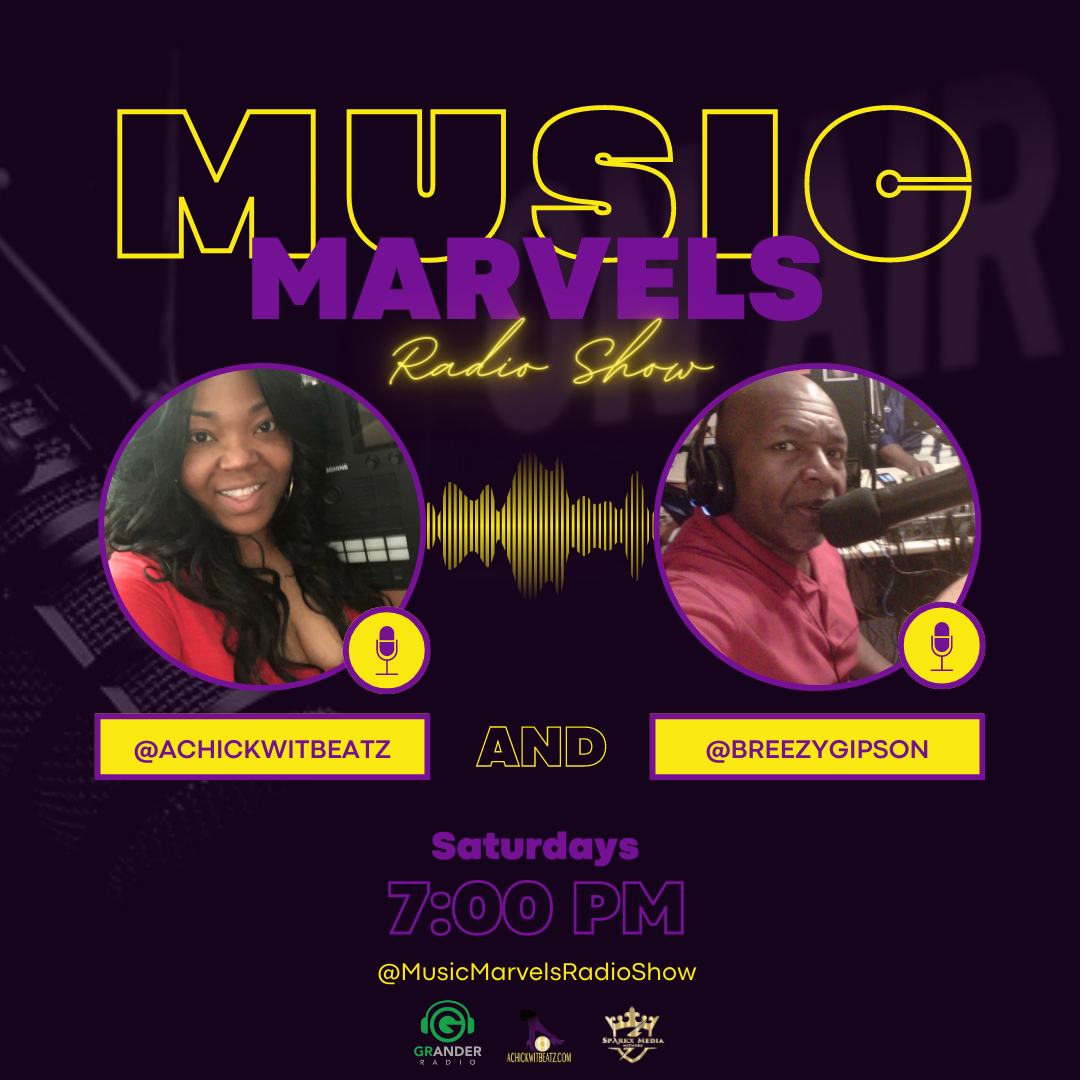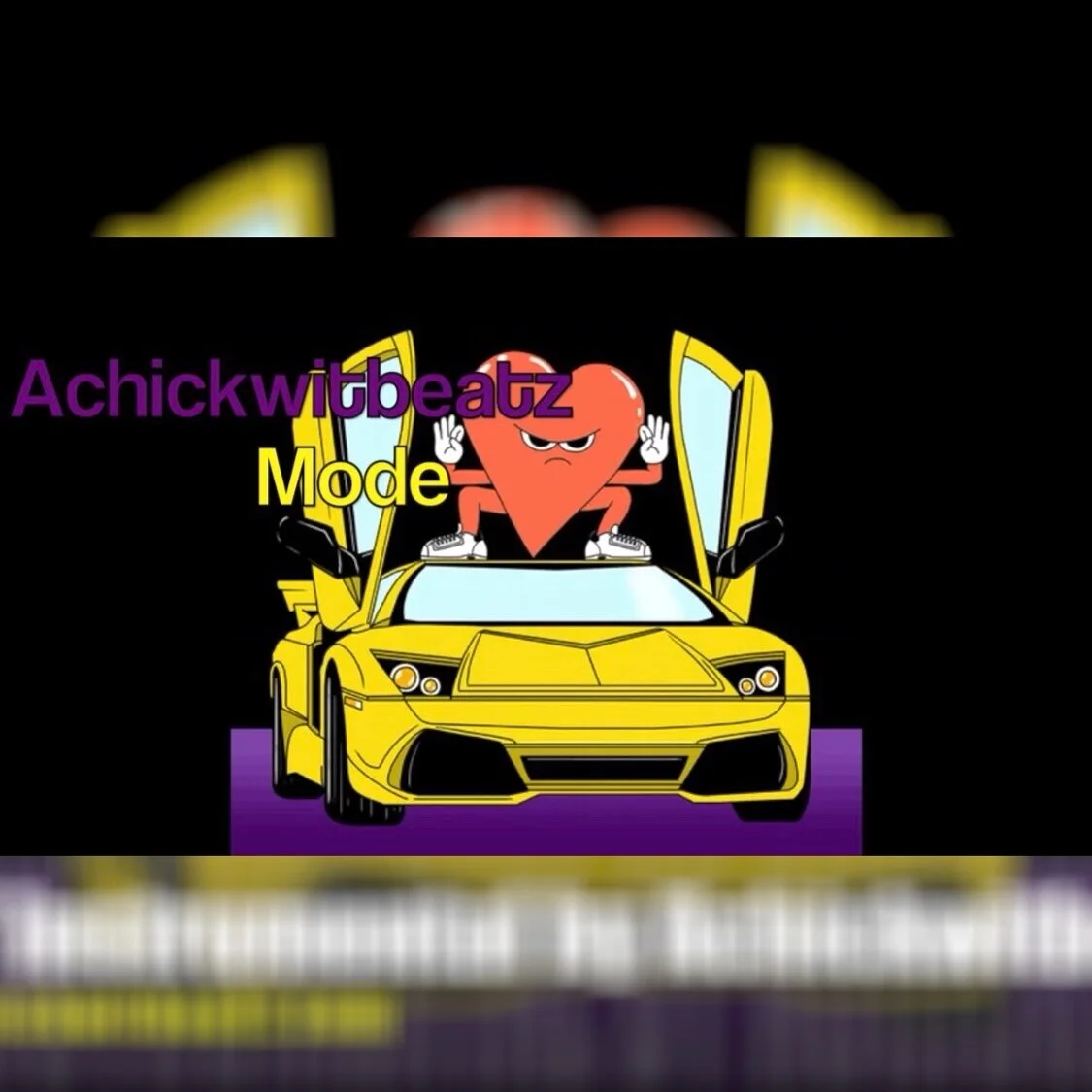Understanding how to use streaming data effectively can make the difference between a scattered approach and a focused, strategic music marketing plan. For independent artists, platforms like Spotify for Artists, Apple Music for Artists, and YouTube Studio provide audience data that can inform everything from where to tour to how to promote your next single. Through observation and ongoing research, it’s clear that those who know how to interpret this data tend to market themselves more efficiently and reach audiences that truly connect with their sound.
Why Streaming Data Matters for Independent Artists
Photo by Gustas Brazaitis on Unsplash
Streaming platforms are powerful analytics tools. Every stream, save, or playlist add offers a signal about audience behavior and interest. Studying these numbers can help artists make informed decisions instead of just relying on guesswork.
Streaming data shows you patterns about who listens, where they’re located, and how they engage with your music. For example, if you see spikes in listeners from a specific city, that could suggest a potential area to target for ads or even a live show. Also, tracking which songs have higher completion rates can let you know what style or sound resonates most with your audience.
Using these insights helps you make sure that your marketing budget and efforts are directed toward real opportunities…not assumptions.
Key Metrics to Pay Attention To
Photo by Rahul Mishra on Unsplash
When you first open your artist dashboard, the amount of data can feel overwhelming. However, focusing on a few key metrics can simplify the process and make your analysis more actionable.
Top Cities and Regions: This data helps you pinpoint where your audience is concentrated. Those locations can become priorities for targeted ads, press outreach, or live events.
Listener Demographics: Age and gender information provides context about who your music appeals to and can guide visual branding or messaging decisions.
Source of Streams: Knowing whether your plays come from algorithmic playlists, user playlists, or direct artist searches helps you understand what’s driving discovery.
Engagement Rates: Saves, playlist adds, and repeat listens indicate deeper interest and can identify which songs deserve more promotion or video content.
Traffic Sources on Social Media or YouTube: Understanding where fans discover your videos or links helps refine cross-platform marketing strategies.
By consistently reviewing these metrics, you can test and adjust your marketing in real time rather than waiting for long-term outcomes to reveal themselves.
Using Data to Shape Your Marketing Strategy
Photo by Adeniji Abdullahi A on Unsplash
Once you understand your streaming data, the next step is integrating those insights into your marketing plan. Data shouldn’t sit idle, but inform your creative and strategic choices.
If you notice that a certain track gains traction after being added to a user-curated playlist, analyze why that might be happening. Was it the style, the timing, or the artwork? You can use that information to replicate success with future releases. Also, if your analytics show growth in a specific region, consider creating localized content, like geo-targeted ads or region-specific social posts.
You can also use insights to adjust your release schedule. For instance, if your engagement typically peaks on weekends, time your drops to match listener behavior. These subtle data-driven adjustments can make a significant impact over time.
Leveraging Platform-Specific Insights
Photo by Alexander Sinn on Unsplash
Different streaming platforms emphasize different data points, so understanding how to use each effectively can help you gain a competitive edge.
Spotify for Artists: Offers detailed listener trends, playlist performance tracking, and follower growth analytics. The platform’s “Audience” tab is especially useful for regional and demographic breakdowns.
Apple Music for Artists: Provides real-time streaming data and insights into Shazam activity, which can reveal potential new audiences before they show up in streams.
YouTube Studio: Tracks watch time, viewer retention, and traffic sources. This is particularly valuable for understanding how visual content impacts audience growth.
Cross-referencing data across platforms can reveal deeper insights. For example, if a song performs better on YouTube than on Spotify, it could suggest your visuals or storytelling resonate strongly something worth building into future campaigns.
Turning Data Into Action
Photo by Glenn Villas on Unsplash
The true power of streaming analytics comes from applying what you learn. Independent artists who act on data insights tend to see stronger engagement and sustained growth because their decisions are rooted in real fan behavior.
Develop a habit of reviewing your analytics regularly (monthly or after each release) and documenting what you find. Over time, you’ll notice trends that can inform your creative direction, marketing tactics, and release strategy. Treat your streaming dashboards like a living report card on how well your marketing resonates.
Data alone doesn’t make the music connect, but it helps you understand why it does when it does.
- Art
- Independent Labels
- Internet Radio
- Music Documentaries
- Album Reviews
- Music History
- Music Industry News
- Free Game Friday
- Free Downloads
- Poetry
- Books
- Interviews
- Did You See It?!
- Hip Hop History
- Hear Here
- Music News
- Hip Hop Documentaries
- Music Marvels Radio Show
- Think Piece Thursday
- Mini Documentaries
- Instrumental Intel
- Music Humor
- Indie Analysis
- Conversations & Quotables
- Music
- Resources for Artists
- Podcasts
- Beats/Instrumentals
- Music Education
























![Hear Here: Achickwitbeatz - Dopamine & Serotonin [Single]](https://images.squarespace-cdn.com/content/v1/52b0b90ae4b0293bfed0d692/1710852808557-EZYGFDIBHLBSIRFOVS1Q/Dopamine+%26+Serotonin.JPG)






